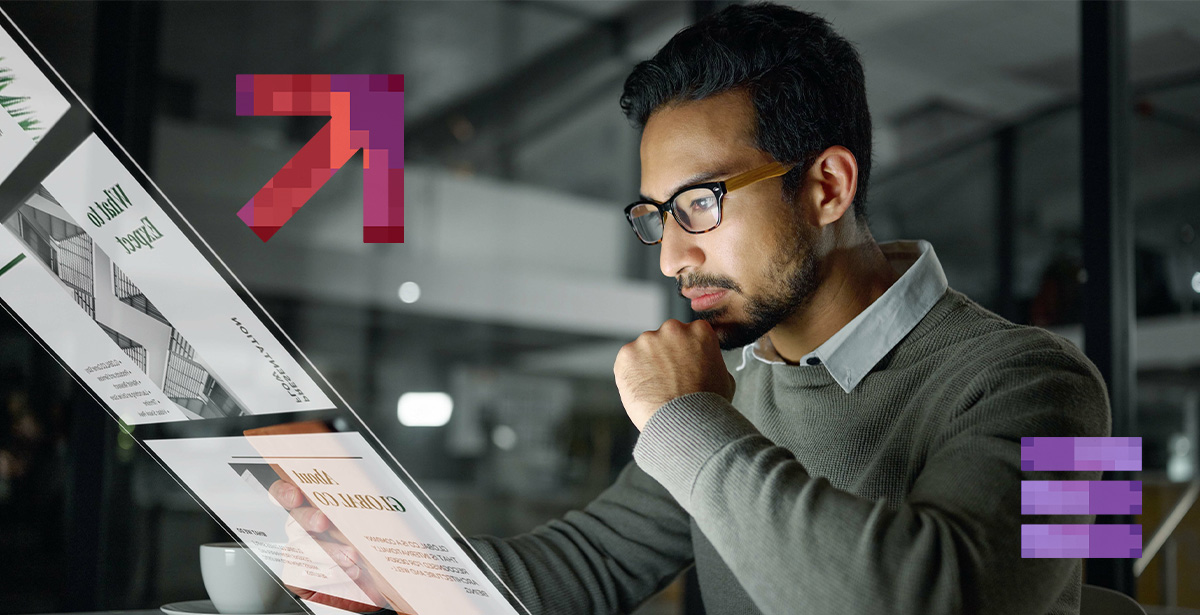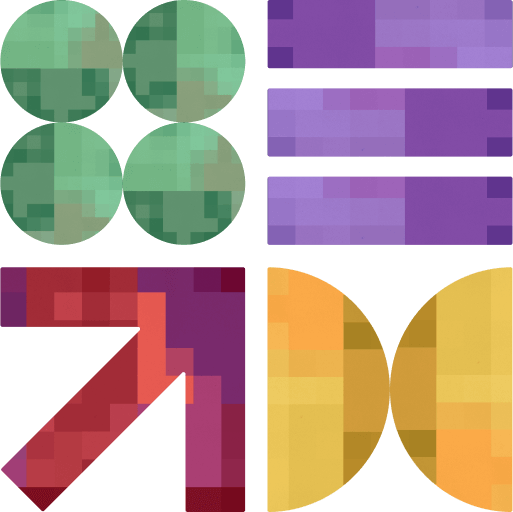Breaking Down the Average Cost for Website Redesign

If your website turned two years old, it’s high time you start learning about the average cost for website redesign and hire someone for the task.
The average website’s lifespan was estimated at 2 years and 4 months according to a 2023 Huemor study of 500 websites. And this was less than the previously benchmarked 2 years and 7 months.
So, you may want to plan redesigning your current site before it becomes completely outdated.
Creating a Brand-New Website vs Website Redesign
Now you may be tempted to just scrap your whole website and create one from scratch rather than redesign it. But before you do, make sure you understand the differences, advantages, and challenges of each option.
Starting From Scratch: Creating a Brand-New Website
A new website means you’re building from the ground up. This means new everything – design, structure, content, and often even branding.
Ideally, you’ll get the most value for money from a new website if you’re –
- Launching a new product or service
- Replacing a site that’s outdated, broken, or non-existent
- Undergoing a major rebranding
- Changing your target audience, business goals, or industry
Not only does this option offer full creative freedom, but you’ll also benefit from up-to-date design trends, performance tools, and frameworks. You also get to structure your user journey exactly how you want it, and plan for future growth.
Yet as great as this sounds, there are a few challenges to keep in mind.
First off, planning, designing, and developing a new website can take weeks or months. This translates into a larger upfront investment than the average cost for website redesign.
Moreover, a brand-new domain or structure means starting SEO from scratch unless you ensure proper redirections.
Reworking What You Have: Website Redesign
A website redesign involves rethinking and refreshing an existing site. It basically keeps some elements, improves others, and often upgrades visuals, structure, or technology.
Inquiring about website redesign cost makes sense here if –
- Your current website is functional, but outdated or underperforming.
- You want to improve user experience or mobile responsiveness.
- You’re shifting business goals or expanding offerings.
- Your bounce rates are high or conversions are low.
In addition to a faster turnaround and repurposing elements like content, having your site redesigned is cost-effective. You also benefit from data-driven improvements as the analytics from the current site can guide your redesign strategy.
However, remember that redesigning comes with a few considerations.
Legacy systems or code may restrict your options. Moreover, you’ll be limited to incremental changes that don’t necessarily fix deep-rooted issues in site architecture or UX.
💡 Your website’s design may not be the only thing you should update. You need to look out for certain telltale signs to hire a website developer such as the lack of mobile optimization and slow loading time.
Factors Contributing to the Average Cost for Website Redesign
To better estimate website cost, you need to know more than how much you expect to spend. You need to know what exactly you’re paying for. So, here’s a breakdown of what contributes to the cost you’ll be billed.
Your Website’s Scope and Size
The number of pages you need redesigned directly affects how much time and effort goes into the process.
Smaller sites (1-10 pages) tend to be simpler, both in structure and functionality. These usually involve quicker design, less content, and basic navigation.
Meanwhile, mid-sized sites (10-50 pages) tend to include a variety of pages including service pages, blog sections, case studies, FAQs, and landing pages. Each of these will need a unique layout, copy, and SEO optimization.
As for larger websites (50+ pages), redesigning them requires a massive effort. In addition to content, design, and development, you may require complex navigation redesigns and large-scale testing.
Design Complexity and Customization
Design is a variable cost since it depends on how far you want to go from a visual and branding standpoint.
For instance, your average website redesign cost can go above the estimated $2,000 to $8,000 charged by most Tampa-based companies if you opt for custom UI/UX design or advanced design elements. After all, both need more time due to their development complexity.
Now you can opt for pre-made themes or layout kits if you need something faster and cheaper. However, customization will be limited.
Functionality and Features
Functionality-wise, some websites display static content while others require dynamic features that involve back-end development. Even the cost of redesigning dynamic sites can vary. For instance, opting for interactive web design means paying $5,000+ for medium-sized sites.
Features too impact the average cost for website redesign. Especially if you decide your site needs advanced ones such as eCommerce functionality, live chat, and custom dashboards. That’s cause every extra function requires planning, testing, and maintenance.
Content and SEO
A revamped website won’t perform without clear, compelling content. Even if you decide to keep some existing content, you’ll need a professional to review, edit, and structure it for the new layout.
Alternatively, you can get fresh content that reflects your new messaging, tone of voice, and keyword optimization. And don’t forget including the cost of multimedia content like videos and product photography.
Similarly, you’ll need to factor in the cost of SEO to ensure your site’s visibility on search engines along with its speed, crawlability, and mobile optimization. Skimping on this or skipping it altogether can undo years of organic growth.
CMS Migration or Platform Upgrade
Switching between CMSes adds significant time and cost. That’s because the process covers –
- Data Migration – Moving blog posts, products, user accounts, and media files while maintaining structure and relationships.
- Rebuilding Functionalities – Features supported by your old platform might need to be rebuilt or replaced in the new one.
- Team Training – A new CMS might require onboarding your team to manage the new site.
Mobile Responsiveness and Cross-Browser Compatibility
Ensuring that your website looks great and works flawlessly across all screen sizes and browsers is a must. So, expect to pay a little over the average cost for website redesign for –
- Custom layouts for mobile, tablet, and desktop versions
- Thorough QA on major browsers and devices
- Optimization measures such as ensuring load times and tailoring interactions
Project’s Duration
Your tech partner will treat your website redesign request as a new project. This means you’ll have to go through a process that entails several stages such as –
- Discovery Phase, which is where teams learn about your brand, goals, competitors, and users
- Wireframing and Prototyping, which comprises planning layouts and flows before development begins
- Documentation and Training, which entails teaching your team how to use and maintain the new site
One way to speed up your project is to select an Agile website design and development expert. As they focus equally on speed, transparency, and quality, you won’t have to worry about surprise costs down the line.
🔥Hot tip! If you outsource web development and design, you’ll get more than just cost savings. Even the relatively higher initial cost for responsive web design will be worthwhile considering the perks you get.
Maintenance and Post-Launch Support
Once your site is live, you’ll still need ongoing support to keep it secure and functioning. Some additions you’ll need to include when assessing the average cost for website redesign are –
- Regular CMS, theme, and plugin updates
- Security monitoring to prevent hacking, malware, or spam attacks
- Bug fixes
- Content updates such as new blogs, services, or portfolio pieces
Your Website Needs an Update…
And we’re here to help you ensure the process is painless, cost-effective, and quick. That way, you won’t have to worry about being offline for long.
Whether you’re working with a clunky, outdated site—or starting fresh with a bold new idea—we specialize in building websites that look sharp, load fast, and actually convert.
Let us know how we can help you with your website in the form below.





